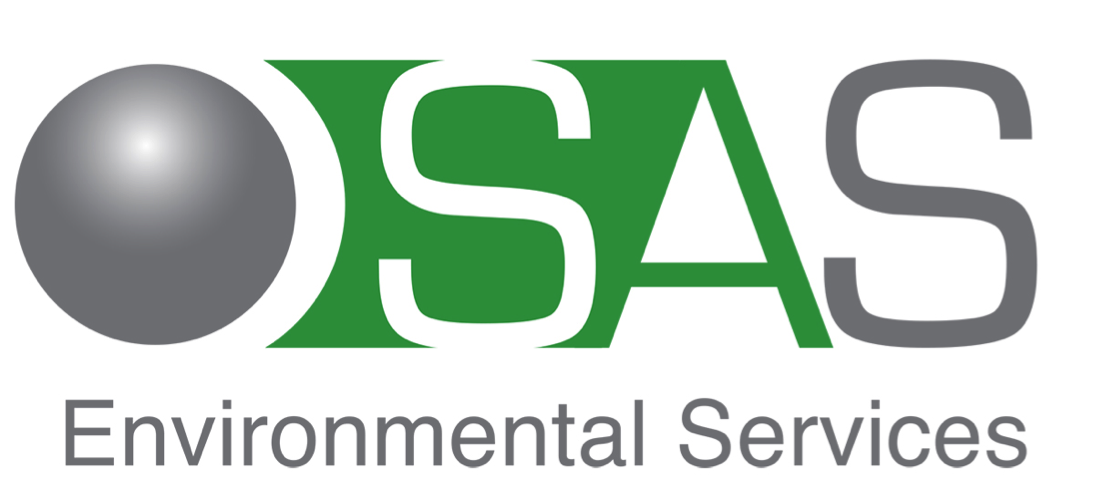A constant challenge is to balance your waste treatment with a sustainable process that is not only more efficient but also more profitable in the long term. If you've caught up with this month's newsletter then you're up to date with our discussion with ways available to reduce emissions relating to the treatment of drill cuttings. Straight and simple - switching to a low energy cuttings treatment process as the SAS MIST system will reduce emissions by 2/3 compared to thermal systems.
The way liquid slops go....
Another waste product from the drilling and exploration process is the liquid slops consisting of mud residue, wash pills, water, oil, solids and whatever else was on the rig and had to be disposed off. This waste is notoriously hard to treat. There are some methods out there but most tend to struggle when solids content is over 4% or so. Our chemistry and process especially likes the slops once the solids get over 4%!
For the treatment of oil slops waste there are some very easy ways to reduce transport and treatment energy use and therefor emissions.
Most slops waste is still stored in pits, skips and tanks or transported to a waste facility where the waste is treated by mixing with solid drilling waste and processed through a thermal treatment system.This presents a number of issues. Storing the waste is great if you are renting out skips and tanks, not so great if you are the company doing the renting!
The treatment of liquid slops waste via thermal processes is inefficient and energy intensive. The high liquid content will also slow down the solids treatment process.
The three-way split...
The SAS MIST process uses our unique chemistry to split the slops waste into its three main phases:
The oil is recovered and can be used again.
The water is recovered and discharged or re-used.
The solids (5 – 15% of the waste) are the only waste material.
This means that in less than a minute we can take the slops, mix with our chemistry and split the waste into oil, water and solids. And that is not the only advantage!
The process is robust and can be moved to the rig site, which reduces transport logistics of the waste, minimises the need for slops storage and returns base oil to where it is needed. Processing up to 40ton of slops per hour the process keeps the waste under control.
As no heat is required the process is low energy and reduces emissions greatly. And we are working to ensure that solar panel units can be used to run the process. Just another robust, proven method to reduce costs and to reduce CO2 emissions relating to oil waste management.
If you would like more information about our SAS MIST System don't hesitate to drop us an email. We would love to hear from you!



